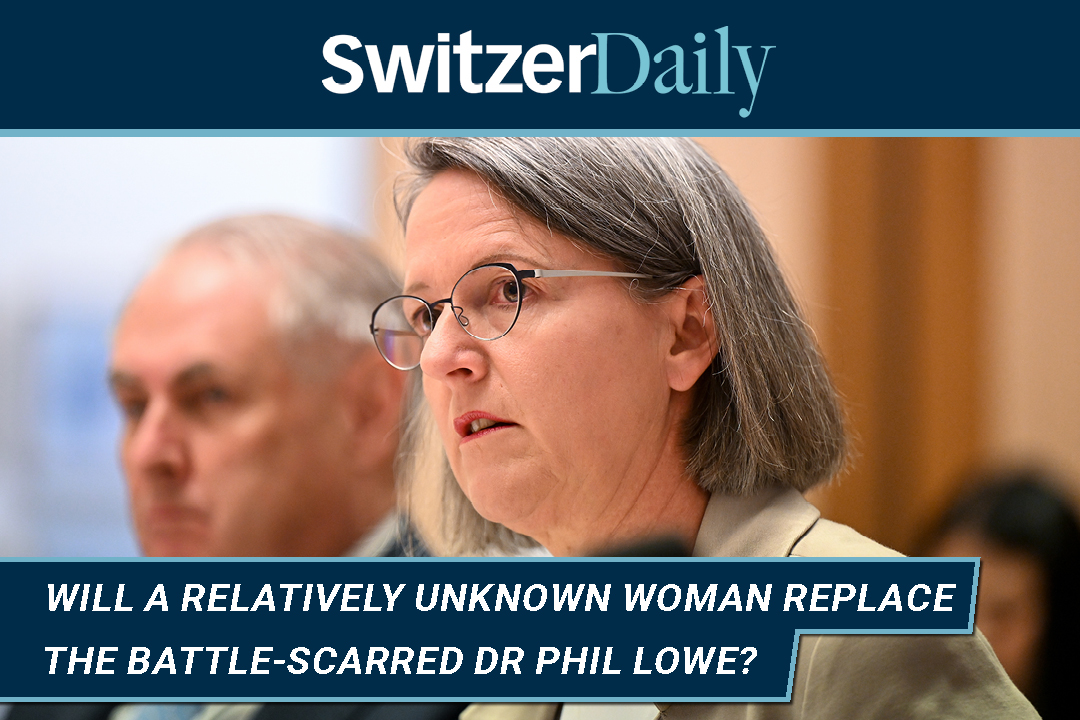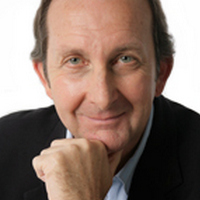

One of the all-time great books of Australian business was Paul Barry’s Rise and Rise of Kerry Packer. I couldn’t help but think of that as I looked at the fall and fall of the RBA Governor Dr Phil Lowe. It comes as newspapers today tell us that he’s only got days before he and we see who’ll replace him, with Jenny Wilkinson and Steve Kennedy looking like favourites to get the gig, which will be announced by Prime Minister Albanese.
A few weeks back, I thought Michelle Bullock had the right qualifications and optics for the job. She started at the RBA out of the University of New England, is Deputy Governor and highly regarded by economists and the media. She’s also a woman and no one could put their hand on heart and say that men have done a great job at the RBA in recent years.
The Democrats under President Obama appointed Janet Yellen as the first female boss of the Federal Reserve. Now Yellen is Treasury Secretary under President Joe Biden.
Steve Kennedy, who’s our Treasury Secretary, is the right man for the job but he’s not a woman and would not have a big bang media effect, as would the appointment of a woman. Wilkinson is the top public servant in the Department of Finance and has the credentials to do a good job. Her husband David Gruen is Agency Head of the Australian Bureau of Statistics, Gruen is also regarded as a top-notch economist, who some thought was on the Government short list for the RBA gig!
Imagine the great conversations Jenny and David could have over breakfast and dinner about the economy, interest rates and what must be done to kill inflation!
While Steve Kennedy would be a safe pair of hands appointment, Wilkinson could be a breath of fresh air, political plus appointment. It would give the Albanese Government a strong top economics team to beat its biggest election threat — the persistence of inflation and crippling interest rates.
All this comes as big changes have been happening in the world of the RBA and the related field of top ranked banking economists, who are often recruited by business and the media to ‘second guess’ what the Reserve Bank might be up to.
The Australian thinks it’s only a matter of days before Dr Phil will lose his job and his replacement will be announced. The Oz writers have interpreted the exit of Assistant Governor (Economic) Luci Ellis and her taking of the chief economist’s job at Westpac, (replacing the legendary Bill Evans) as a sign that the current team at the RBA are on the outer.
A year ago, Guy Debelle, who was often seen as a possible RBA Governor in waiting, left the Bank to work with Twiggy Forrest at Fortescue, as chief financial officer of his green hydrogen-focused Fortescue Future operation.
You don’t have to be Sherlock Holmes to look at the evidence and deduce that the RBA team that worked with Dr Phil Lowe over his big mistake period (when he was suggesting that interest rates would remain low until 2024) are on the outer.
The board that sat by and didn’t dispute his prediction are also on the way out, when the new two-board structure is put in place soon. Then one board will set the cash rate and the Governor will be open to regular press conferences, while the second board will be in charge of governance.
Whoever gets the gig, it looks like they’ll start their new job doing what most home loan borrowers don’t want — two more rate rises!
In the past two days, Bill Evans has tipped the RBA plans two more rate hikes ahead. In my interview with Michael Knox (chief economist at Morgans), he said exactly the same thing!
Interestingly, when I argued that both he and I don’t know how the mortgage cliff will hit inflation, he agreed, but counter-argued that the surge in immigration will mean as home loan borrowers stop spending, new immigrants will be spending.
This will keep both house prices and inflation higher than the RBA wants, which then will force it to try two more rate rises.
The Australian revealed why Evans expects more rate rises: “Mr Evans said recent changes in RBA thinking – from wanting to keep the economy on an ‘even keel’ while lowering inflation, to worrying about the risk of inflation becoming embedded in the system, and having to accept that economic growth and employment needed to pay a price for ensuring that inflation pressures were contained, meant ‘they have to go a couple more times’.”
Evans added: “We originally thought that the peak in the cash rate would be in May, at 3.85 per cent, but I think with this big change in approach, it’s going to have to go higher.”
I respect the economic brains of Bill Evans and Michael Knox and have often picked those brains in the past when trying to understand where our economy and stock market might be headed. But I also know (just like me!) they’re not always right.
Many economists are underestimating the impact of the mortgage cliff because historically only 15% of borrowers were on low fixed rates, who then had to cope with rolling on to higher variable rate loans. That number is now 40% and involves around one million households.
As you can see, the new RBA Governor has a tough job ahead.
The AFR’s James Eyres recently told us: “The number of Australians struggling to make home loan repayments has surged by 627,000 over the past year, to an estimated 1.43 million borrowers, according to analysis by researcher Roy Morgan.”
That’s 28.8% of all mortgage holders and the highest reading in 15 years.
That’s a lot of people in pain. They’re also a lot of voters who the PM must worry about! And those numbers could escalate if too many rate rises push us into recession!